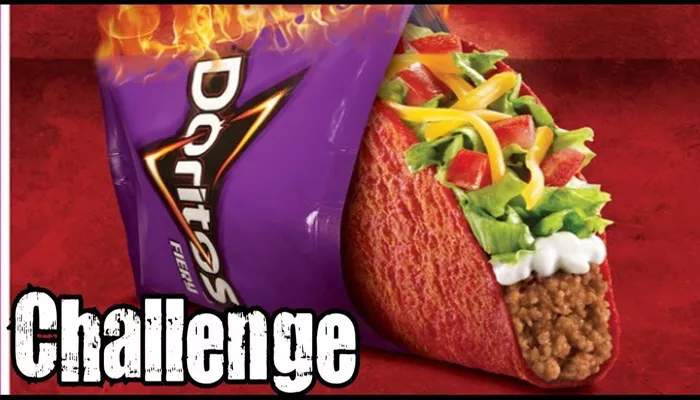Mexicans have a strong affinity for novelty, especially when it comes from the United States. From clothing brands to fast-food chains, U.S. products are often welcomed with enthusiasm. For example, when McDonald’s opened its first location in Mexico City in October 1985, long lines formed as people eagerly awaited their chance to try the food. KFC has been popular since the late 1960s, and new chains like Popeyes have also seen success, with customers lining up around the block.
However, one American fast-food chain has struggled to gain a foothold: Taco Bell. The company has attempted to open locations in Mexico twice but has failed both times, primarily because its food does not resonate with Mexican consumers.
Taco Bell’s Initial Attempt in Mexico City
Taco Bell’s first attempt to enter the Mexican market occurred in 1992 with a food cart in Mexico City. The concept of a food cart was appealing, as locals are accustomed to enjoying quick meals from street vendors. The Taco Bell cart offered a limited menu that included soft-shell tacos, burritos, nachos, and Pepsi. While curious customers initially tried the food, they did not return. Taco Bell even attempted to rebrand its items, calling its tacos “tacostadas,” a mix of taco and tostada.
However, this did not work, as neither term resonated with Mexican diners. Taco Bell’s offerings were a far cry from traditional dishes like tacos de carnitas or tacos al pastor. Mexican historian Carlos Monsiváis aptly described the situation, stating it was “like bringing ice to the Arctic,” as noted in Paula E. Morton’s book, Tortillas: A Cultural History.
Second Attempt in Monterrey
In 2007, Taco Bell made another attempt to penetrate the Mexican market, this time in Monterrey, a city known for its American influence.
The chain positioned itself as an American fast-food alternative rather than a taqueria. Despite Monterrey’s reputation as the “most Americanized city” in Mexico, the Taco Bell location struggled to attract customers. The introduction of “nacho fries” topped with meat and cheese failed to impress. By 2010, all Taco Bell locations in Mexico had closed, and the company has not attempted to return since.
Pricing And Americanized Menu Issues
Mexican consumers have shown a willingness to embrace American fast-food brands, with McDonald’s, Burger King, KFC, Starbucks, Pizza Hut, and Subway thriving in the country. However, Taco Bell’s problem was not its American identity but rather its Americanized take on Mexican cuisine. The chain’s salsas were different, the tortillas were not freshly made, and the fillings did not match what Mexicans expect.
Many Taco Bell menu items had names that did not correlate with traditional Mexican dishes.
Pricing also played a significant role in Taco Bell’s failure. While exact prices for the original food cart items are not available, it is believed that they were more expensive than typical street food. Given that Taco Bell’s American menu featured items for under $0.60 at the time, it made little sense for Mexican consumers to opt for a more expensive, processed version of their own cuisine.
The Diversity of Mexican Cuisine
The term “Mexican food” encompasses a wide variety of regional dishes, with each of Mexico’s 31 states offering unique specialties.
While Taco Bell’s menu includes names of dishes found in traditional Mexican restaurants, the ingredients and preparation methods differ significantly. For example, Taco Bell’s standard soft taco contains seasoned ground beef, which is not a common filling in Mexico.
Authentic tacos often feature fillings like al pastor, carnitas, or barbacoa, along with toppings such as cilantro, onions, lime, and fresh salsa.
Taco Bell’s hard-shell tacos are also not traditional in Mexico. Instead, fried tacos known as tacos dorados or flautas are more commonly served. Additionally, the Cheesy Gordita Crunch at Taco Bell resembles a taco but is quite different from a traditional gordita, which is made from thick masa and filled with ingredients like chicharron or refried beans.
Conclusion
Taco Bell’s attempts to establish locations in Mexico have been unsuccessful due to a combination of factors, including its Americanized menu, pricing issues, and cultural differences in cuisine.
Despite the chain’s popularity in other countries, it has not resonated with Mexican consumers. Since its last attempt in 2010, Taco Bell has not made further efforts to open locations in Mexico. The concept of Taco Bell in Mexico has even become a subject of humor, with many locals questioning why an American chain would attempt to sell a version of food that originated in their own country.

